(Prices correct as of today’s date, are updated daily, are subject to change and represent genuine availability at time of update).
This cruise only holiday is financially protected by ABTA
Please click here to check the essential travel requirements before booking this cruise.
Want to add a hotel stay or change your flights?
Just call our team of cruise specialists to help build your dream cruise holiday today!
Prices based on 2 people sharing. Cruise only price does not include flights. Fly-cruise price may vary by chosen UK airport.
Itinerary

Liverpool
From world-class attractions and sports to legendary music, Liverpool offers old-world charm with modern sophistication, underpinned by a rich cultural history.
Liverpool
Dun Laoghaire
Belfast
Cruising by Downpatrick Head
Cruising by Aranmore
Pass Slieve League Cliffs
Galway
Cruising by Cliffs of Moher
Cobh
At Sea
Liverpool
What's Included with
Fred Olsen Cruises
Use of swimming pools, hot tubs, fitness centre and leisure facilities where available
Accommodation
Entertainment throughout the day and evening
Tea and coffee in seleted venues
Complimentary shuttle service from ship to port where available
Explore Bolette
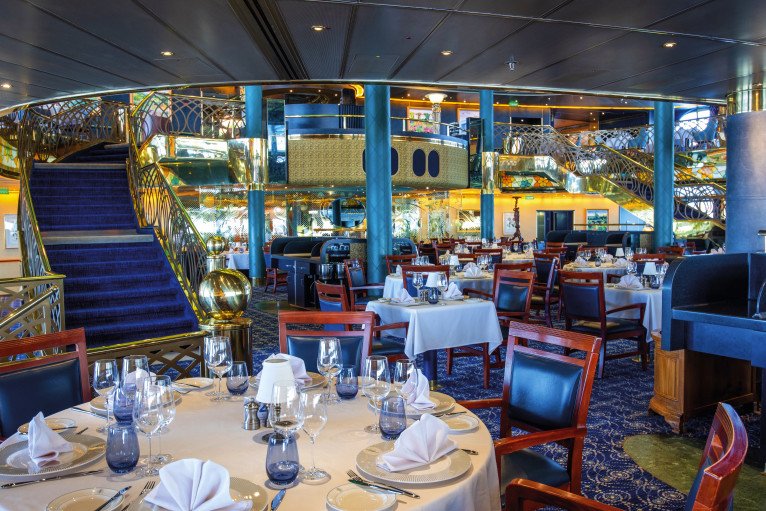
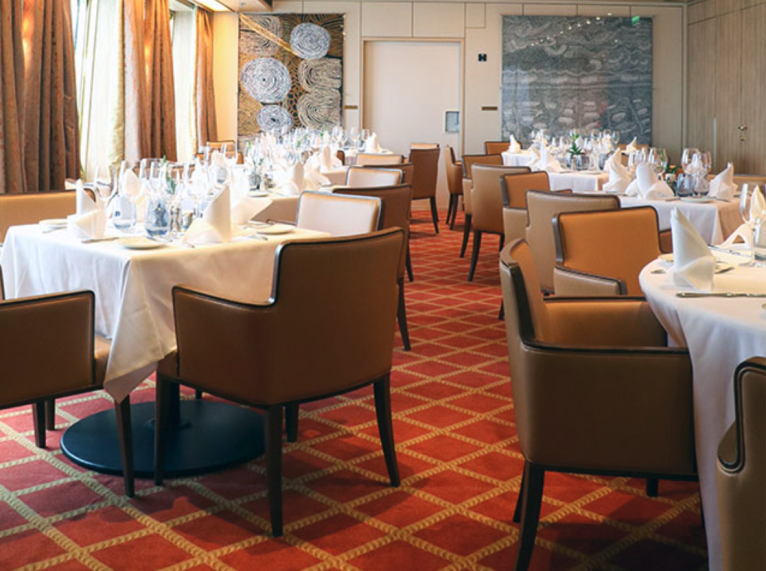
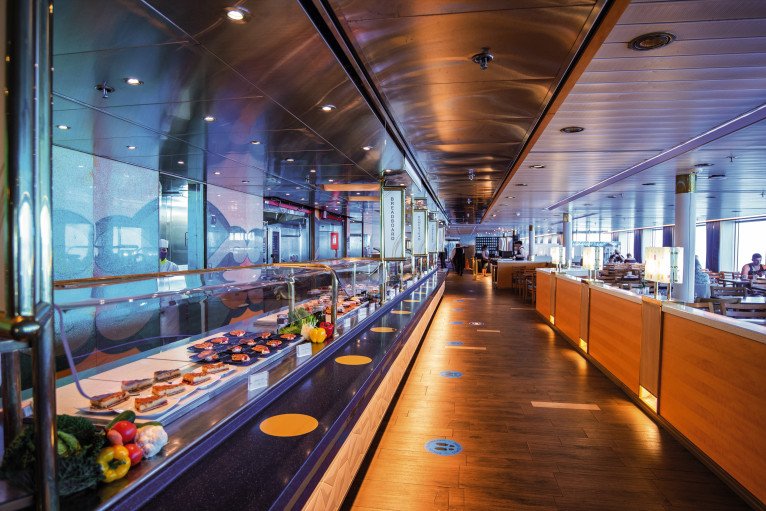
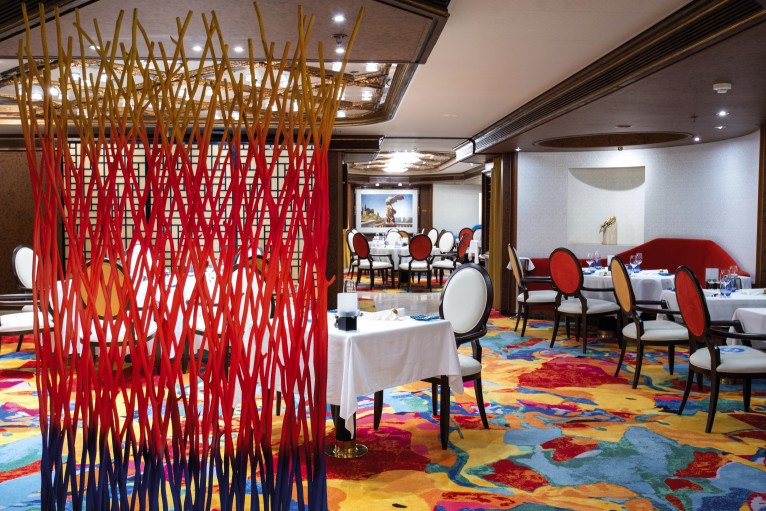
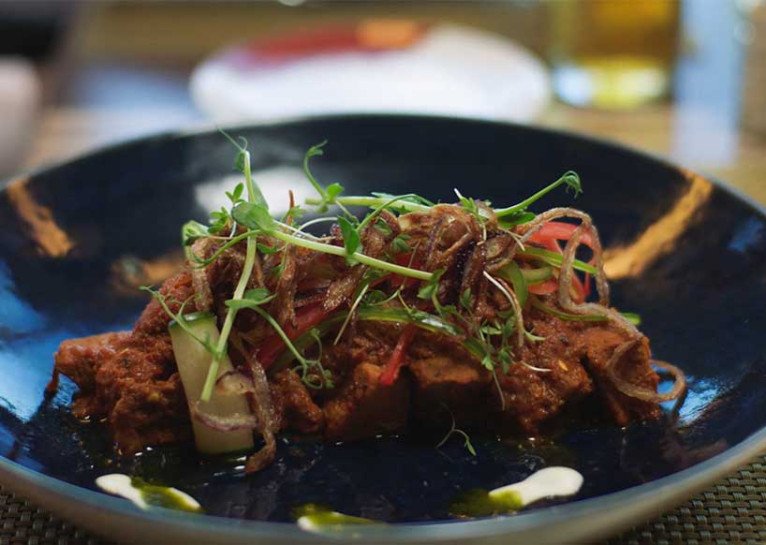

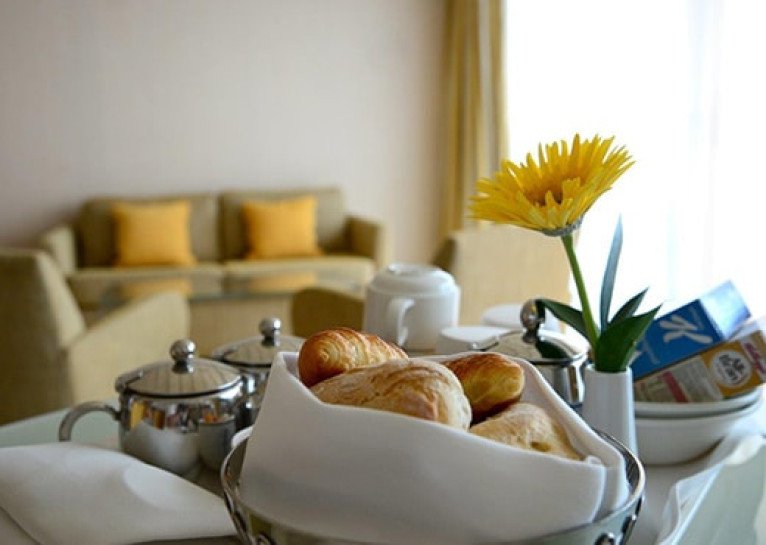
The Bloomsbury & Terrace Restaurants
Every evening in our elegant two-tiered main restaurants, you can enjoy a delicious five-course, á la carte menu, freshly prepared and cooked by our team of chefs. The menu changes each day and dishes include steaks, seafood, freshly made soups, pasta and salads plus a selection of delicious homemade breads, made overnight in our on board bakery; alongside our dishes which are always available. You’ll also have the chance to try our Treats of the Region dishes, local to the destinations you are visiting.








The Olsen Art Studio
Bringing to life the Olsen family's appreciation of art, The Olsen Art Studio on board Bolette is an impressive, light and airy space filled with arts and crafts materials for a variety of projects.
It's a place for those who love to paint or draw at home and would like to refine their skills whilst at sea. And it's a place for those guests who perhaps used to enjoy art many years ago but have not yet had the opportunity to take it up again.
The studio will host classes and activities guided by different instructors, as well as providing an open space for guests to visit and work on their own particular arts and craft projects.
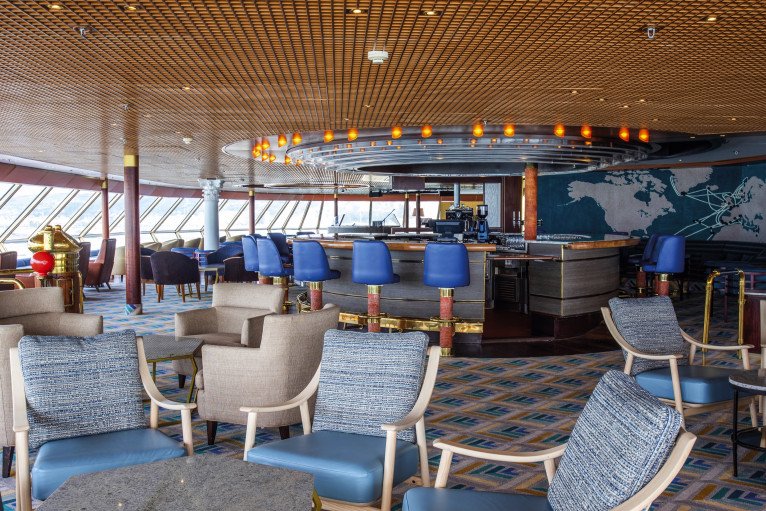





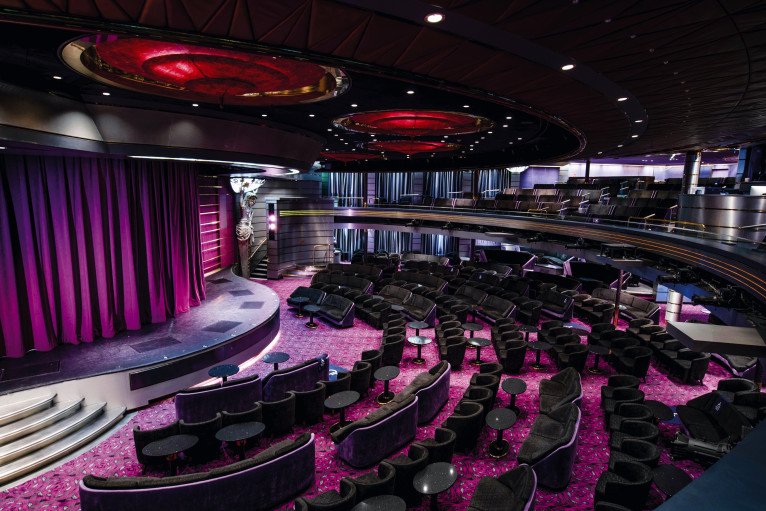

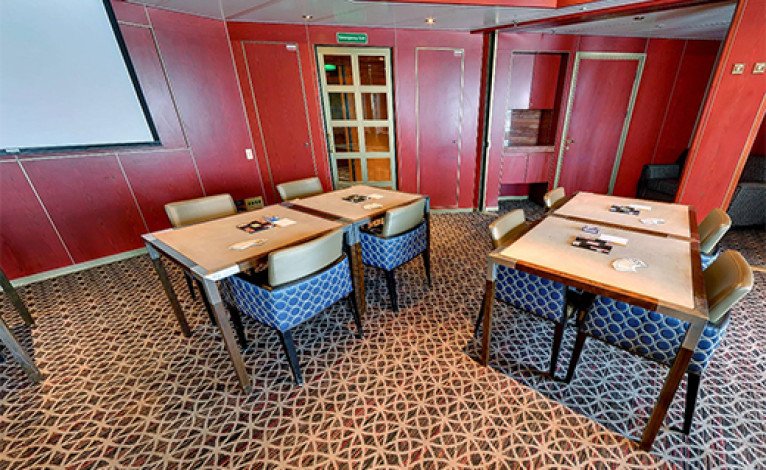

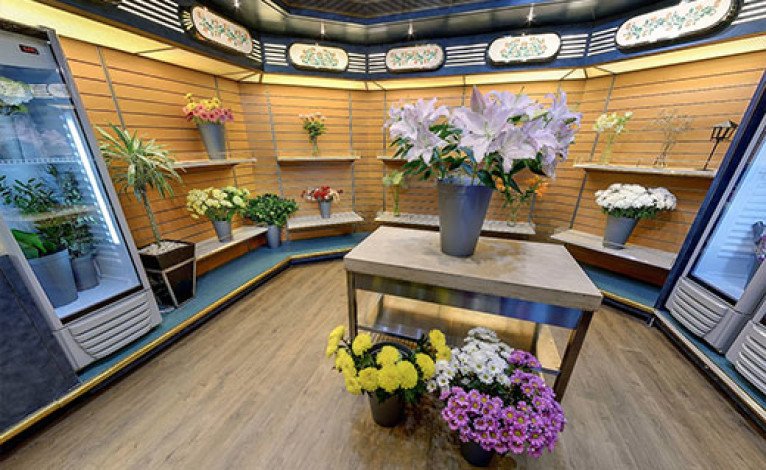
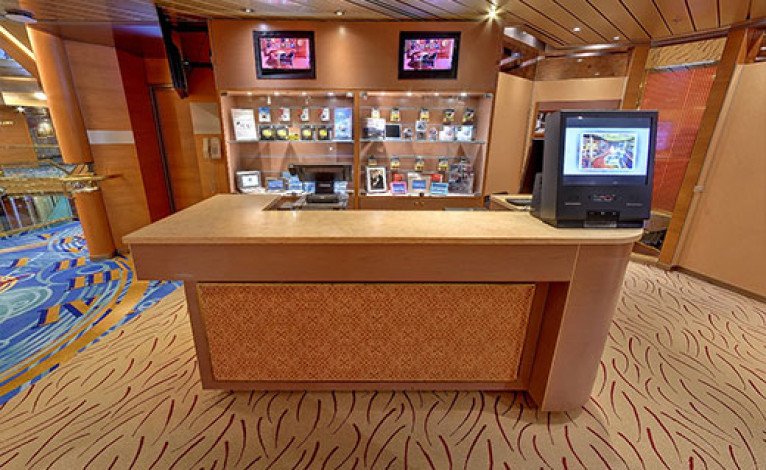

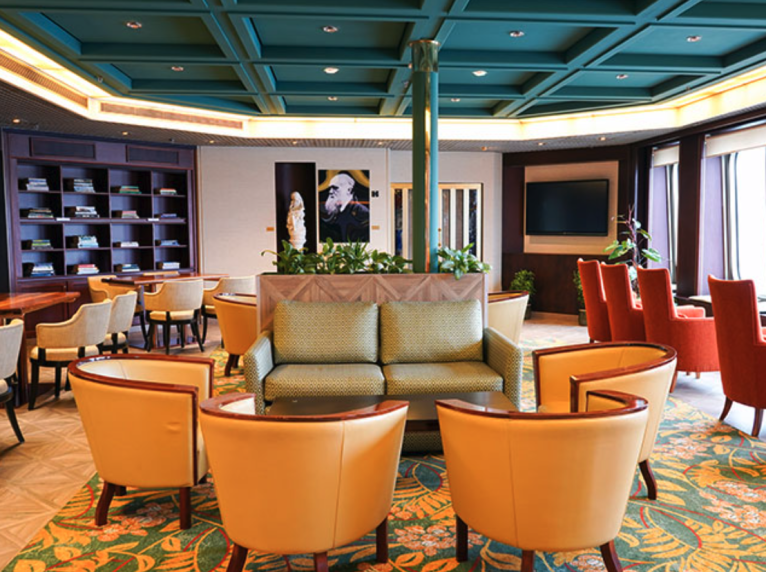
The Observatory
The panoramic views from the Observatory are outstanding, making the perfect backdrop for enjoying our Scenic Discoveries Signature Experience, where you’ll receive commentary from our on board teams to complement the intriguing fjords, islands and waterways you’ll observe from this perfect vantage point. We also hold our popular Navigational chart and map reading sessions here. As we move into evening, the Observatory comes to life with music and singing from our resident live bands, so you can choose from a selection of Champagne, sparkling cocktails and mocktails to add that extra touch to your on board experience.

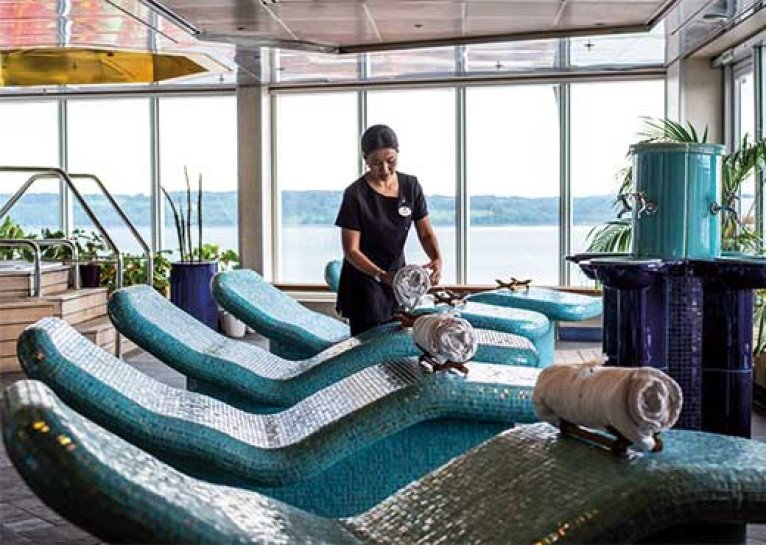

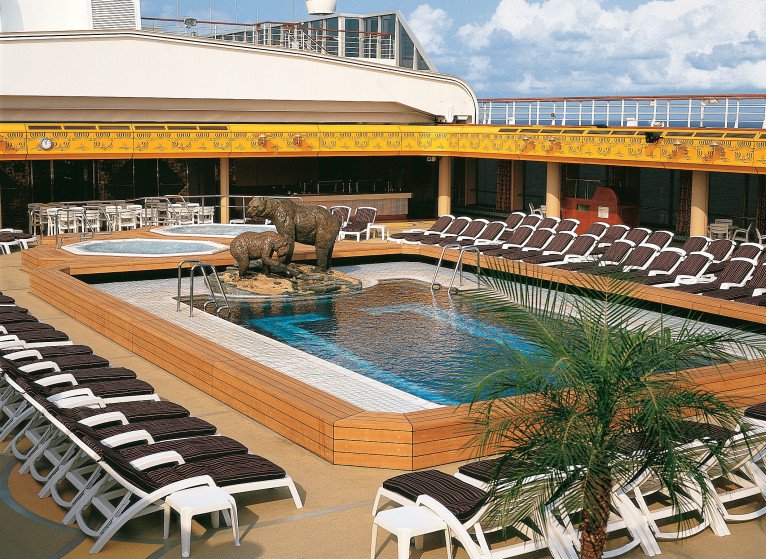

Atlantis Spa
Our superb therapists are on hand to ensure your time spent on board Bolette is relaxing and luxurious, so let our expert team in the Atlantis Spa take care of you. With a wide range of treatments on offer, including massages, manicures, pedicures, relaxation treatments and hairdressing; you'll leave feeling energised and revitalised.
With large picture windows offering beautiful views of the ocean or small islands and archipelagos you are sailing past, your time spent at the Atlantis Spa will be soothing and refreshing, whether it's with a new hair style, freshly painted nails or completely relaxed after a massage.
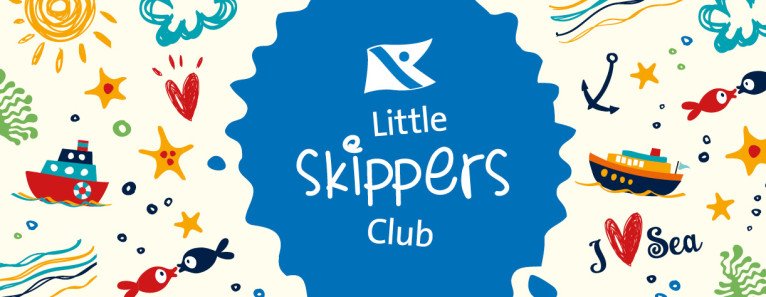
Little Skippers Club
On Fred. Olsen’s peak holiday season cruises, it is our pleasure to welcome your ‘Little Skippers’ aboard our ships and into our fun, friendly and engaging kids club.
Run by professional hosts, the Little Skippers Club is designed to ensure children aged between 5 and 11, and their parents or grandparents, get the most from their holiday. Leave your children with us and we’ll keep them entertained with a variety of creative and exciting activities and events, such as arts and crafts sessions, deck games, treasure hunts, quizzes, cookie and pizza making and much more.
All activities, plus timings for children-only pool sessions, are advertised in the Little Skippers Club’s ‘mini’ version of the Daily Times, which is available in Guest Services each day. So, you can plan your time relaxing by the pool, in your favourite bar or even the soothing Atlantis Spa, safe in the knowledge that your children are enjoying their time on board too.
*Please note Little Skippers is run subject to numbers.
The 'Little Skippers Daily Times' will be available to collect from Guest Services each day and will detail a variety of fun activities for our Little Skippers! Exact activities will vary from cruise to cruise, but we've listed some example activities below:
- Treasure hunts
- Table Tennis
- Bean Bag Toss
- Dolphin Racing
- Arts & crafts
- Deck Quoits
- Silent disco
- Competitions
- Games night/Movie nights
- Cookie Baking & Decorating
- Swimming
Parents/Guardians: Under 5’s must be accompanied by a parent or guardian who is over 18. If there are no children within 30 minutes of a session’s start time the Little Skippers Club will not run for that session.
Sun Deck 10

- Sun Deck
Sports Deck 9

- The Olsen Art Studio
- Sports Courts
- Retractable Roof
- The Observatory
Lido Deck 8

- Swimming Pools
- The View Bar
- The View Buffet Restaurant
- Tea & Coffee Stations
- Vasco Restaurant
- The Lido Bar
- Jacuzzis
- The Poolside Café
- Atlantis Spa
- Fitness Centre
Bridge Deck 7

- Olsen Suite
- Premier Suite
- Single Superior Interior Cabin
- Single Ocean View
- The Bridge
Highland Deck 6

- Superior Ocean View
- Single Balcony Suite
- Balcony Junior Suite
- Balcony Suite
- Superior Interior Cabin
- Laundry Room
- The Lookout (Observation Area)
Lounge Deck 5

- The Bookmark Café and Lounge
- The Bolette Card Room
- The Earth Room
- The Australia Room
- Morning Light Pub & Lounge
- Neptune Balcony
- Port Shop
- Ocean Bar
- Future Cruise Information
- The Flower Shop
- Boutiques
- Morning Light Pub & Lounge
- Piano Bar
- Jewellery Shop
- The Botanical Room
- The Oriental Tea Room
- The Orchid Room Restaurant
- The Terrace Restaurant
Main Deck 4

- Forecastle (Observation Area)
- Neptune Lounge
- The Photo Gallery
- Guest Services
- Destination Services
- The Auditorium
- Colours & Tastes Restaurant
Promenade Deck 3

- Laundry Room
- Forecastle Access
- Superior Ocean View
- Single Ocean View
- Terrace Cabin
- Interior Cabin
- Superior Interior Cabin
Coral Deck 2

- Ocean View
- Single Ocean View
- Interior Cabin
- Superior Interior Cabin
- Single Ocean View
- Single Superior Interior Cabin
Marina Deck 1

- Ocean View
- Single Ocean View
- Interior Cabin
- Single Interior Cabin
- Medical Centre
Bolette Cabins & Suites



Superior Interior







Superior Ocean View

Terrace Cabin
















-large_thumb.jpg)






